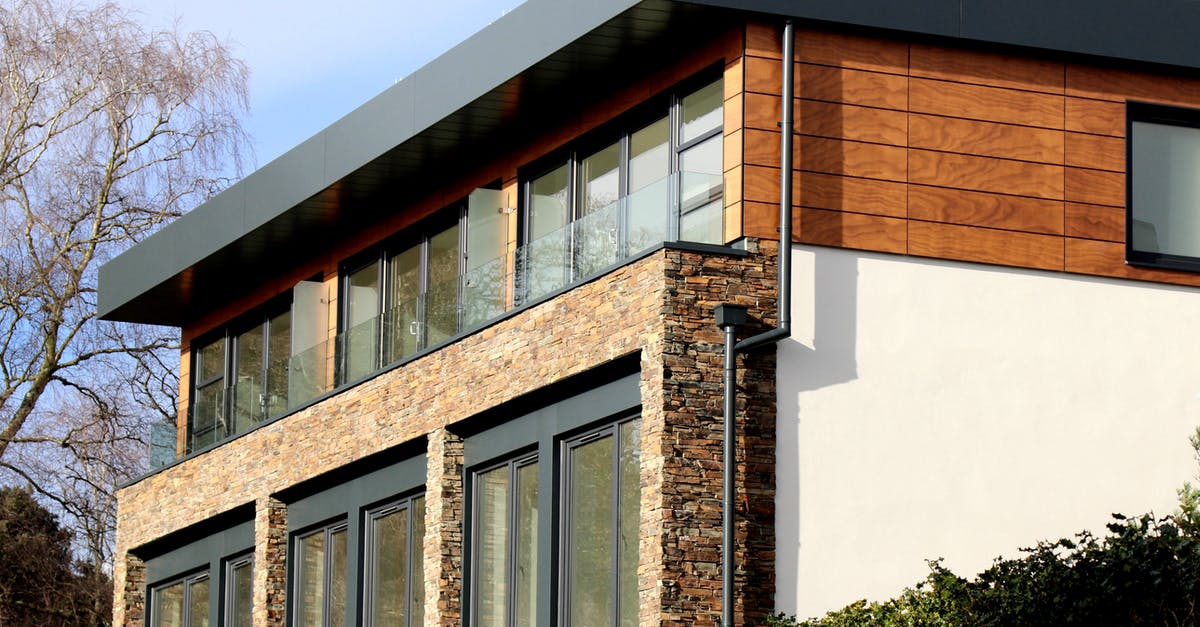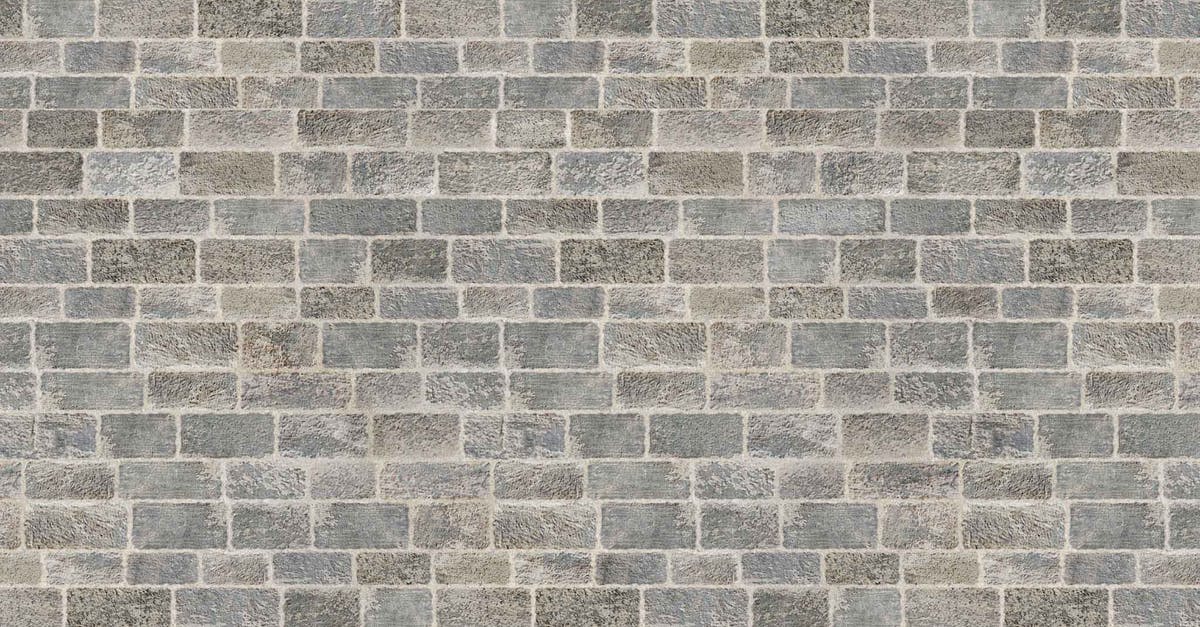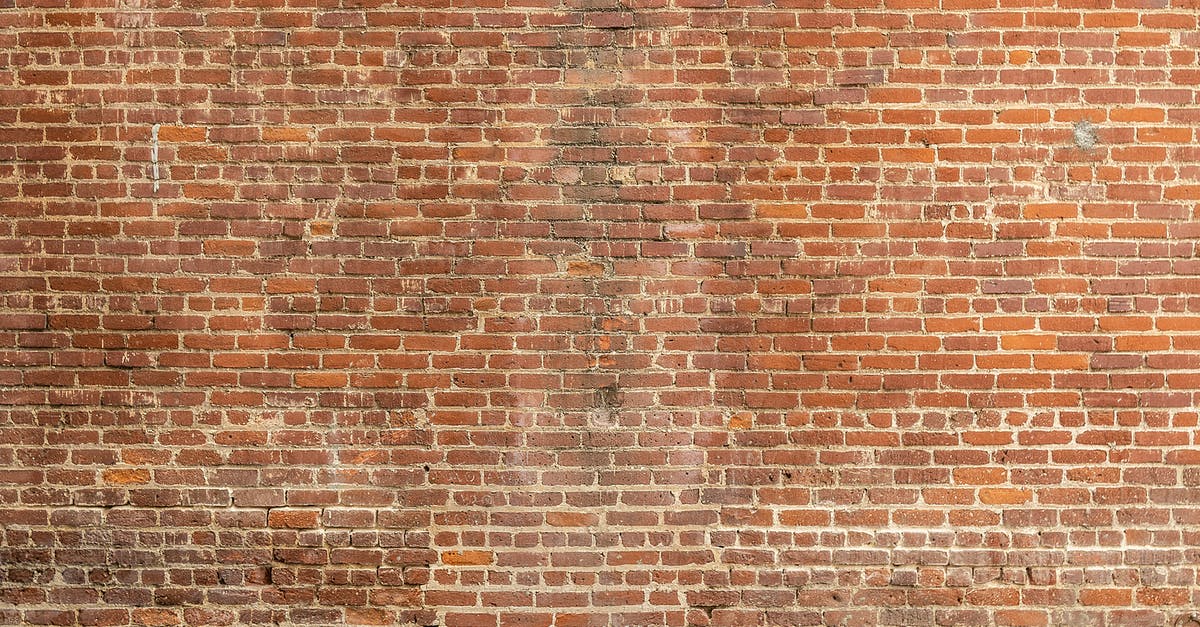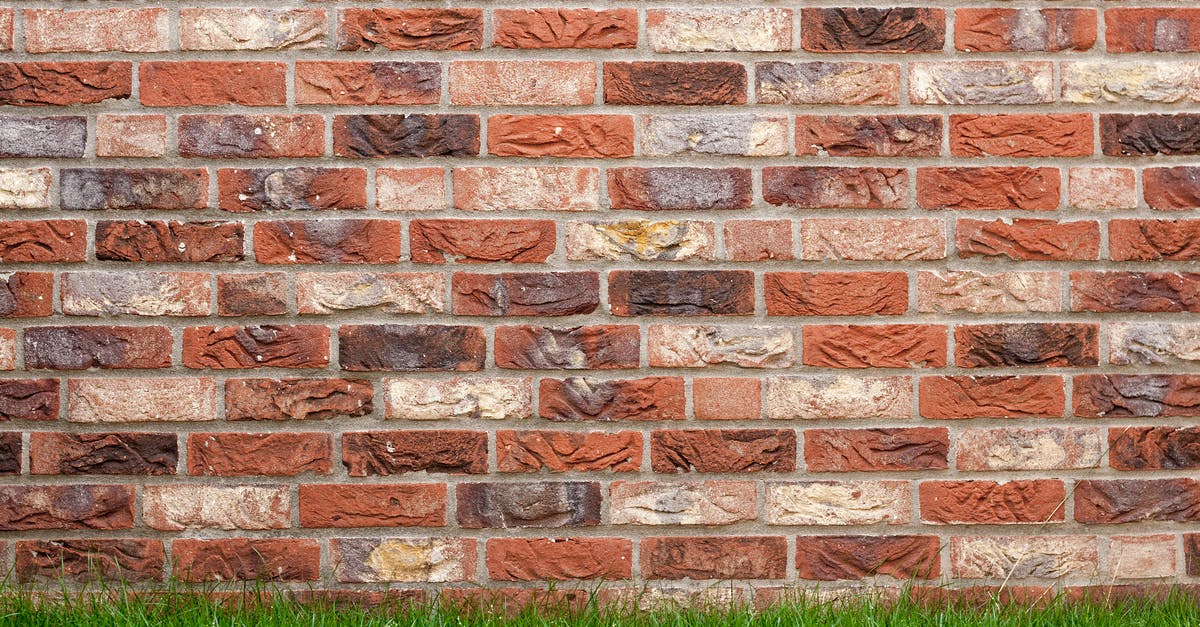Constructions of Lego Bricks Made of Cake

My friends and I had this idea while drunk one night, to create a big batch of small cakes shaped like LEGO bricks and interlock them into a larger, round cake. Morning came, and we grew daunted by the task we had set, so promptly gave up. My question then, is this: were we right to give up, or is this actually a possibility?
My primary concern is that cake seems a fairly fragile material. The hollowing process for creating the bricks may spell an end for it right from the start, and even if it can survive that, how well will it be able to stack without collapsing on itself?
Secondary is a concern over the interlocking, how difficult would it be to allow modular construction and destruction? The original idea was only for a bigger cake, but if it works well that won't be where it stops.
Are there any techniques that could make this task more tractable? Cake recipes that might withstand the stresses better?
Best Answer
You never said what size the cake had to be, or how well it had to actually hold together.
If you make too large of a cake, it's not going to work -- cake is heavy enough that as you get larger, you need to add additional supports. Most multi-tier cakes have some sort of rods (plastic or wood) placed in them to help support the upper levels. If you make it too small, you won't have sufficiently sized knobs for it to actually be able to hold anything.
Most professional cakes are more dense than your home-baked cakes, to help get around this issue, and you can chill them to help firm them up before stacking. If you're going for a recipe from scratch, look for a pound cake recipe. If you're using a box mix, you can add in a packet of instant vanilla pudding mix and reduce the temperature by 25°F / 15°C but increase the time.
Size will be an issue as the larger that you get in a single cake, the weaker it's going to be; the bit of crust that you get from the pan is more significant the smaller the cake is. It'll also be stronger when the dimensions are all close (ie, more cube-like), as you don't have issues with things breaking off due to slenderness.
Your next issue is the connections. As we're not dealing with plastic, we can attempt to take advantage of two things -- friction, and compression. To get friction, we need the surface to be rough and fairly strong ... and this means that carving it down is right out, it'd have to be cast directly if it's going to have any strength. You'll likely have to play with the sizing of the holes vs. the knobs, but you'll want the knobs to be large enough that it's a press-fit, and takes a little effort to seat them (compressing the knob in the process), but not so much force is applied to the cake that it causes a failure at the wall around the hole. If it were me, I'd try to make the knob between 1/3 to 1/2 the length of the cake, and the knob stick up 1/4 of the depth.
And now you're wondering of course how both the top and bottom could be cast -- by making two molds, and gluing the top and bottom together using icing. Depending on the strength required, you might have to add some rods to pin it together ... but one vertically through the knob will only help you in compression and sheer, not tension. For that, you'd need three or more diagonally through the knob in a radial pattern. I'd personally avoid the supports, with the argument that it's no longer fully edible, and might not be a cake anymore. (and those who enter gingerbread cake competitions would instead just use something edible as the rod, like an un-bent candy cane).
So, to summarize:
- You'll need two molds, one for the upper, one for the lower, bake, level, then join them together.
- The knobby bits in theory should be 1/3 to 1/2 the length of the side, and about 1/4 of the total height
- The knobby bits should be slightly wider than the hole they're fitting into.
- Avoid slender pieces (ie, no 1x4 pieces; 1x1 or maybe 1x2)
- Stiffen the cake with gelatin, refrigeration, and bake at a lower temp (but you need to cook it longer to get a bit of crust to form)
And now, for the reason it just won't work :
- If they're lego shaped, they're rectangular ... and you can't make a smooth circle out of a bunch of rectangles, at least not until the diameter of the circle is significantly larger than the width of the rectangles ... but we have the slenderness issues, so you'd be making a whole bunch of 1x2 pieces to stick together and it'd be quite tedious.
Depending on what you're willing to qualify as 'cake', this could be possible to make out of gingerbread (as used for cookies and houses, not cake), but you'd have to dry it so far that it'd not cut like a conventional cake. (make it from layers, then laminate them to make individual pieces, you might have to use hole saws after they're dried to get the proper sized knobs and holes, and then sand to get 'em perfect)
Pictures about "Constructions of Lego Bricks Made of Cake"



LEGO Cake
More answers regarding constructions of Lego Bricks Made of Cake
Answer 2
You could certainly build a cake to look like it is made of Lego blocks.
However, I don't think that any cake is going to be strong enough to actually play with and move around, even if you could be precise enough to make the bumps fit the holes (or mortises fit the tenons or whatever the right terminology is for a Lego block).
Even the firmest strongest cake (probably a dense pound cake) will not stand up to that kind of treatment. Cake is not smooth like plastic, so you would need considerable clearance. The holes would have to be significantly larger than the bumps. Cake also has essentially no strength in tension (pulling it apart is easy), even though it can stand some compression (as demonstrated by the wedding cake industry—and even there, often there are dowels and cake circles in the construction to fortify it) The top cake would just rest on the bottom cake by gravity, not be joined.
You certainly would not find any cake that you can actually join together so that they could be picked up as a unit through the strength of the joint.
Then there is the issue of construction; you would either need to create custom molds, or somehow hollow out the holes, and join the bumps on. Neither of those are going to be very robust.
Now, for looks, just google "lego cake image"....
Answer 3
Legos work because the material they are made from is both elastic and durable, and they are designed to take advantage of this - the "nubs" atop the brick can be forced into the cavity at the bottom of another with an audible snap. More, if you look in the bottom of the brick, you will see various structures built into the brick to reinforce the shape of the piece, and keep it under enough tension to keep the other brick plugged into it.
Cake has two problems -
1) it's not very elastic or rigid, being made of cake. 2) It cannot be engineered to retain its shape, as cake is by necessity has much thicker walls. 3) It will bake into an unpredictable shape, even in a mold - you will need to trim and carve out hollows for the nubs underneath.
You will be relying on the coarse friction to keep the pieces together, and... and... and... nevermind. I can see you really want to build a lego cake. Have at it.
Answer 4
I think it could be done as my wife makes plain victoria-style sponge cake so light that you can barely feel you're holding it. As your question specified making lots of small cakes, I would suggest that rectangular blocks, about 2" x 1" x 1" (50mm x 25mm x 25mm) would be ideal. In volume they'd be about half the size of a cupcake. I know that you can get rectangular cake moulds. I wouldn't worry about the underside of the cakes too much, but I'd make an inlay to put in the bottom of the moulds to get the Lego shaped top. Once they're cooked, you could carve a small amount out of the bottom for the "nubs" to fit into. You won't get a "snap-fit", but I reckon that for your purposes you'd be happy just to have them look right, and let gravity hold them together. Off-topic, you've inspired me to try to make a set of Tetris cake moulds.
Sources: Stack Exchange - This article follows the attribution requirements of Stack Exchange and is licensed under CC BY-SA 3.0.
Images: Expect Best, Pixabay, ShonEjai, Pixabay
